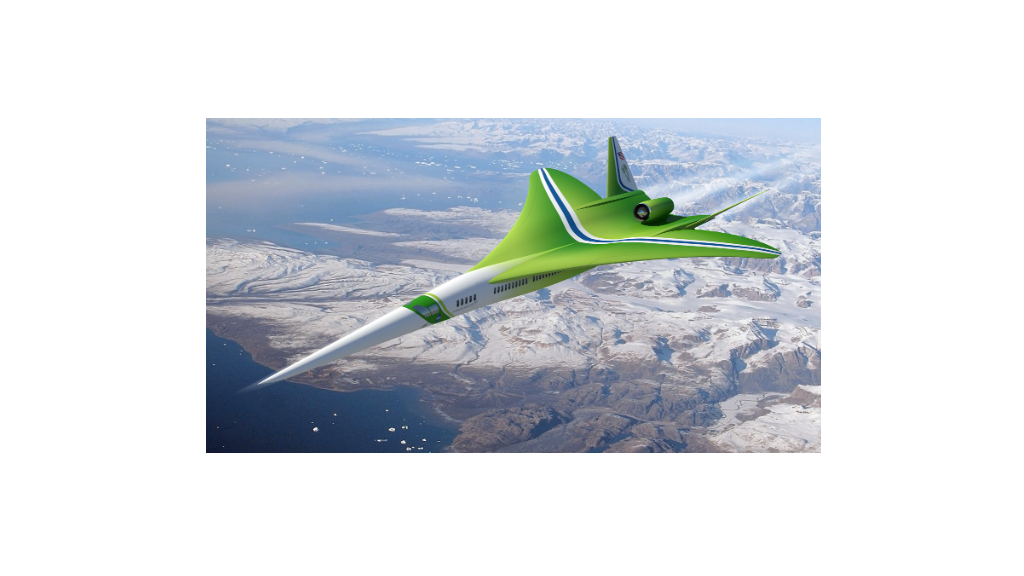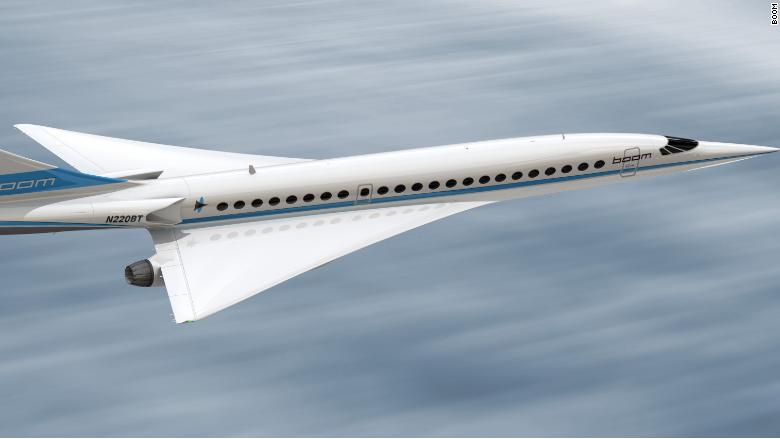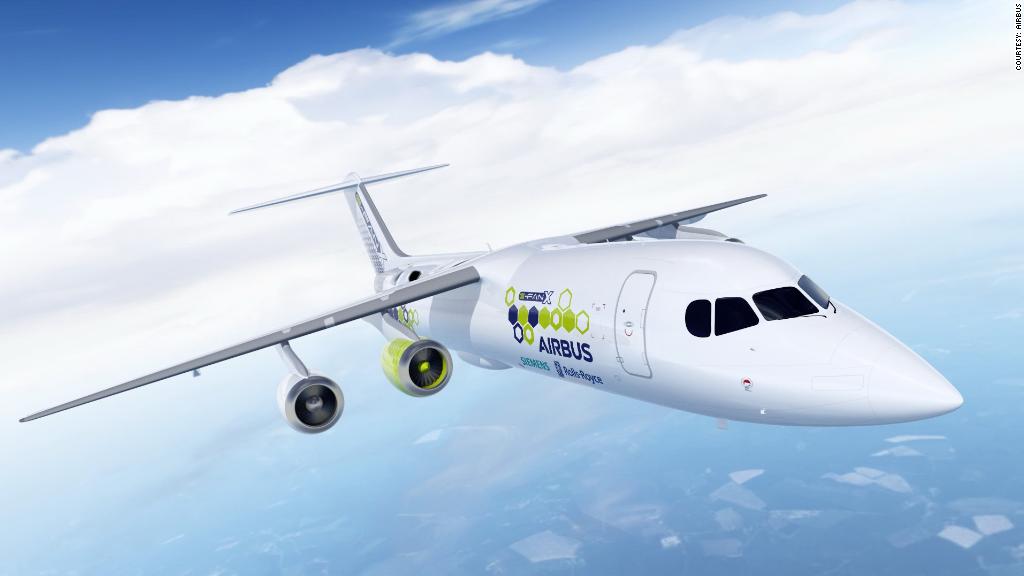
Japan Airlines wants to see a world where Tokyo and the West Coast of the United States are separated by just five and a half hours at supersonic speeds.
Japan Airlines (JAPSY), or JAL, has invested $10 million into Boom Technologies, a Denver-based startup that wants to revive supersonic air travel by the middle of the next decade.
The airliner Boom hopes to one day build would cruise at 1,450 mph -- 2.2 times the speed of sound -- and accommodate 45 to 55 passengers in business class seating. That's about half as many as the now-retired Concorde.
As part of the investment in Boom, JAL also has options to purchase as many as 20 of the supersonic planes.
Related: Five airlines want you to fly supersonic again
JAL's funding is a significant endorsement from a highly respected airline.
"This is about signaling to the broader ecosystem that this is something that there's real airline customer interest in," Blake Scholl, Boom's founder and CEO, said in an interview with CNNMoney. "The money is largely symbolic, but it's an important symbol. JAL doesn't put $10 million around without thinking really hard about it."
Scholl said Boom has been working with JAL since last year. Airlines who get in line early for all-new jets can benefit from intimate involvement in the design process, giving their wish list for features they think will please passengers, pilots, flight attendants and maintenance crews.
Related: Branson and startup unveil supersonic plane
Civilians haven't been able to buy a ticket to fly supersonic since Concorde was retired from in 2003. The Franco-British jet traveled at twice the speed of sound, crossing the Atlantic in just three and a half hours.
The iconic plane flew regularly between Europe and New York for 27 years but was withdrawn from service because of high costs. Its retirement was also hastened by a crash in 2000 that killed 113 people.
Including JAL's investment, Boom has now raised a total of $51 million, according to Scholl, and he suggested more funds are in the pipeline.

The money the company already has is more than enough to get it through developing a small two-seat demonstration aircraft and conducting its first test flight, he said. That aircraft, dubbed the XB-1, is expected to fly by the end of next year.
The project still faces extremely high hurdles. Its initial funding is a drop in the bucket compared with the billions of dollars Boom will need to develop, build, test, certify and mass produce a full-scale airliner.
Related: What ever happened to the Soviets' spectacular rival to Concorde?
In the jet age, there has never been a new entrant in commercial aviation that didn't receive significant state funding or already have a track record producing other aircraft.

Boom says it has interest from five airlines in buying a total of 76 of its supersonic airliners if it succeeds in bringing the plane to market.
Virgin Atlantic Airways is the only other customer that's been publicly identified. It holds options to purchase the first 10 Boom jets.
"Richard got a special deal in exchange for being first," Scholl said, referring to Virgin founder Sir Richard Branson.
Related: Elon Musk wants to fly you anywhere in the world in less than an hour
Scholl acknowledged that JAL is the first airline to place appreciable dollars behind its interest in the aircraft, which would fly at more than twice the speed of sound.
Plane makers covet the backing of large and established airlines. JAL and rival All Nippon Airways, were among the first to purchase Boeing's (BA) 787 Dreamliner back in 2004, a major boost to the program.
"Through this partnership, we hope to contribute to the future of supersonic travel with the intent of providing more 'time' to our valued passengers while emphasizing flight safety," Yoshiharu Ueki, president of Japan Airlines, said in a statement about the Boom investment.
Related: Sharp-nosed Japanese jetliner could be game changer for U.S. flyers
The Japanese archipelago is among the most attractive areas for supersonic flying because planes don't have to travel over very much land to reach big cities. That reduces the risk of noise pollution caused by a sonic boom. Supersonic flight is banned over Europe and the United States.
At twice the speed of sound, a flight between San Francisco and Tokyo would take around five and a half hours, including a stop for fuel along the way, Scholl said. Today, a conventional subsonic aircraft does the journey in just over 11 hours.
The speed isn't just attractive for intercontinental flights, Scholl said. A flight from Tokyo to Hong Kong could be cut from roughly five hours to around two hours, offering airlines a supersonic shuttle between two of the world's biggest financial centers.

